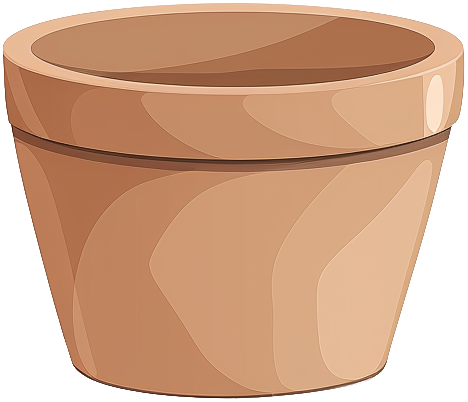- platycerium
- bifurcatum

platycerium
bifurcatum
bifurcatum
Care level
Medium
Popularity
Popular
The shield-like base leaves create a natural basket that catches falling leaves and water, while the dramatic forked green leaves stretch outward like antlers. Unlike its relatives, this adaptable plant produces lots of baby plants around its edges, making it look like a living wall sculpture as it grows.
Care & maintenance
Light
Bright light, usually located near windows but doesn't receive direct rays for more than an hour during the day.
Temperature
Wide range (53.6°F - 86°F)
Fertilization frequency
Low
Once per season.
Soil
Choose a Epiphyte mix: An extremely well-draining, airy substrate that mimics tree bark. Allows roots to breathe while providing intermittent moisture.
If you want to create your own substrate, you can make a mixture of the following soils:
Click on the soil name for more information.
Pot

Wide/Shallow
Prefer a pot that is wider than it is deep.
Incorrect or incomplete information?
In our goal of building the best plant database, we sometimes make mistakes or have incomplete information. You can help us fill these gaps!
Features
Size & growth
Large
Upright
Slow growth
This plant grows slowly. It can reach 3 to 6 feet in height or spread.
It grows upwards without support.
Toxicity
| Cat | |||
|---|---|---|---|
| Dog | |||
| Human |
Reproduction & propagation
Fruits & flowers
Non-flowering & not self-pollinating
The platycerium bifurcatum cannot produce flowers and therefore fruits.
This plant is not capable of self-pollination, it will not be able to produce fruits if it is not pollinated by another individual.



